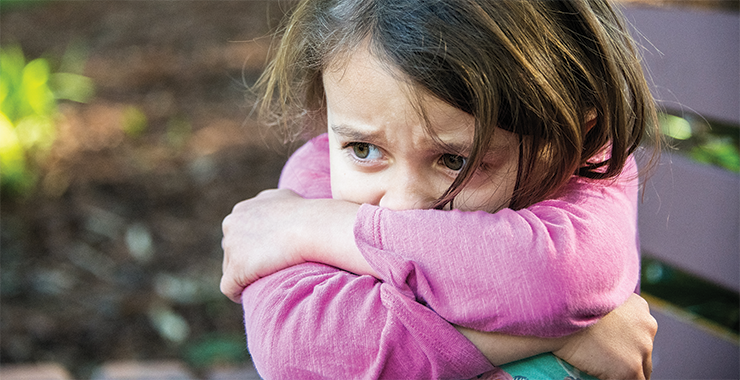Roohi is a 10-year-old girl who lives with her parents in a suburban town. She is an only child. Her parents, both work full-time jobs, but they try their best to spend quality time with Roohi whenever possible. They are a small and well-to-do family.
Roohi's teacher noticed a change in her behaviour during the school year. She became increasingly withdrawn, avoided participating in classroom activities, and struggled to focus on her studies. Roohi's grades began to decline, and she often complained of stomachaches and headaches, prompting her parents to take her to the paediatrician for a physical examination. After ruling out any physical ailments, the paediatrician suggested that the family consider consulting a mental health professional to explore the possibility of anxiety.
Assessment and Diagnosis
Roohi's parents decided to seek the advice of a child psychologist. The psychologist diagnosed Roohi with Generalized Anxiety Disorder (GAD). The assessment revealed that Roohi had been experiencing excessive worry and fear about various aspects of her life, such as school performance, making friends, and being separated from her parents. These worries had been constant for several months and were affecting her daily functioning and overall well-being.
Factors Contributing to Roohi's Anxiety
1. Parental Expectations: Roohi's parents were loving and supportive, but they held high expectations for her academic performance and achievements. She felt pressure to excel in school, leading to performance anxiety.
2. Small Family Dynamic: Being an only child, Roohi did not have siblings to share her experiences with, which sometimes made her feel isolated and lonely, especially during challenging times.
3. Stressful School Environment: Roohi struggled to adapt to the competitive academic environment in her school, which added to her anxiety and made her fear failure.
Treatment Plan
1. Cognitive-Behavioral Therapy (CBT): Roohi attended regular CBT sessions to help identify and challenge her negative thought patterns. Through CBT, she learned coping strategies to manage her anxiety and develop a more positive outlook.
2. Family Therapy: Roohi's parents participated in family therapy sessions to understand how their expectations might be impacting her and to learn effective ways to support her emotionally.
3. School Support: The psychologist collaborated with Roohi's school counsellor and teachers to implement accommodations and create a supportive environment. This included flexibility with assignments, encouraging participation at her own pace, and providing emotional support during challenging situations.
4. Self-Care Techniques: The psychologist taught Roohi relaxation techniques, such as deep breathing exercises and mindfulness, to help manage her anxiety symptoms.
5. Social Skills Training:
Children with GAD may struggle with social interactions and making friends. Social skills training can help them build confidence and improve their ability to communicate effectively and form positive relationships with peers.
6. Encouragement and Positive Reinforcement:
Praise and positive reinforcement for the child's efforts to face their fears and use coping skills are essential in building their self-esteem and resilience.
Roohi's case highlights the importance of early identification and intervention when a child shows signs of mental health issues, even in small families. By seeking professional help, understanding the contributing factors, and providing the right support, families can foster a nurturing environment for the child's emotional well-being, leading to improved overall family dynamics and individual growth

 Roohi was diagnosed with Generalized Anxiety Disorder because of excessive worry and fear about academics, loneliness and parenting issues
Roohi was diagnosed with Generalized Anxiety Disorder because of excessive worry and fear about academics, loneliness and parenting issues









.jpeg)




.jpeg)

.jpg)













